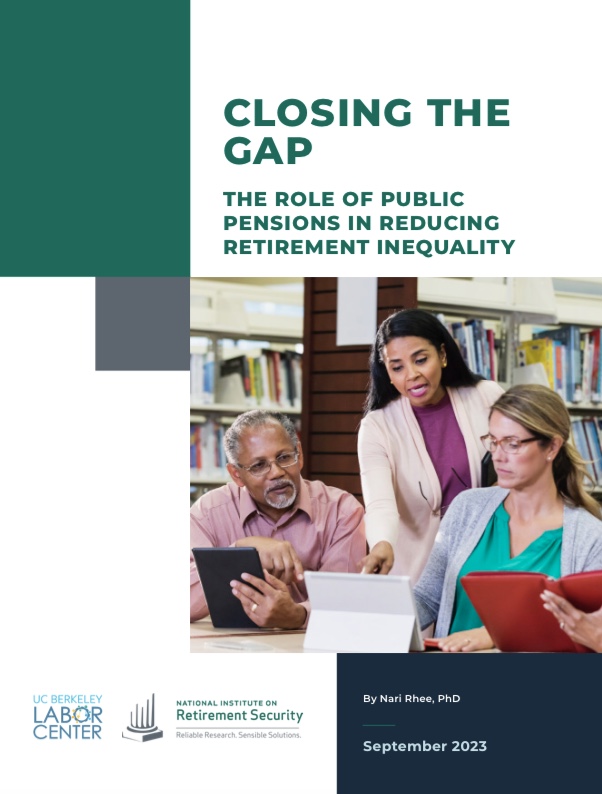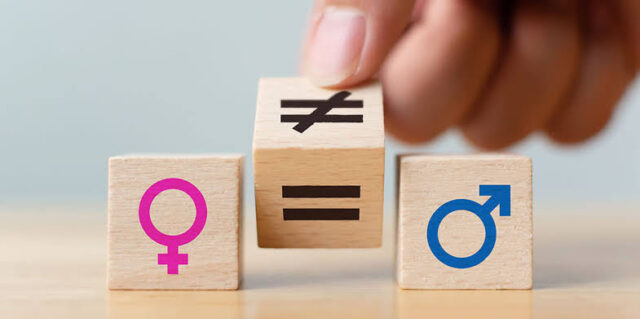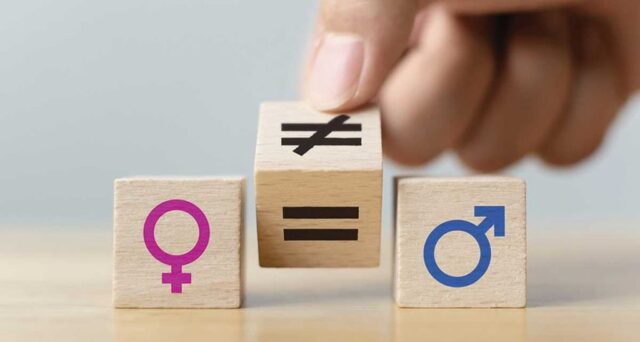The gender pensions gap report 2024
By Joanne Segars, Lizzy Holliday & Laura Wilkinson The gender pensions gap- the difference in pension savings wealth between men and women at retirement age - is substantial. Allowing for typical working patterns, women's pension wealth is a third (33%) less, relative to men. These figures are the result of a lifetime of reduced earnings potential, increased time out of the workforce and other contributory factors. To bridge this gap themselves, women would need to work an extra 19 years in...










